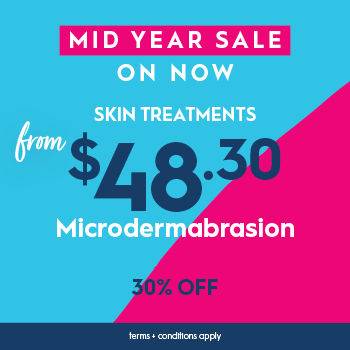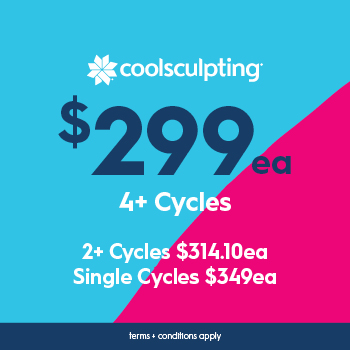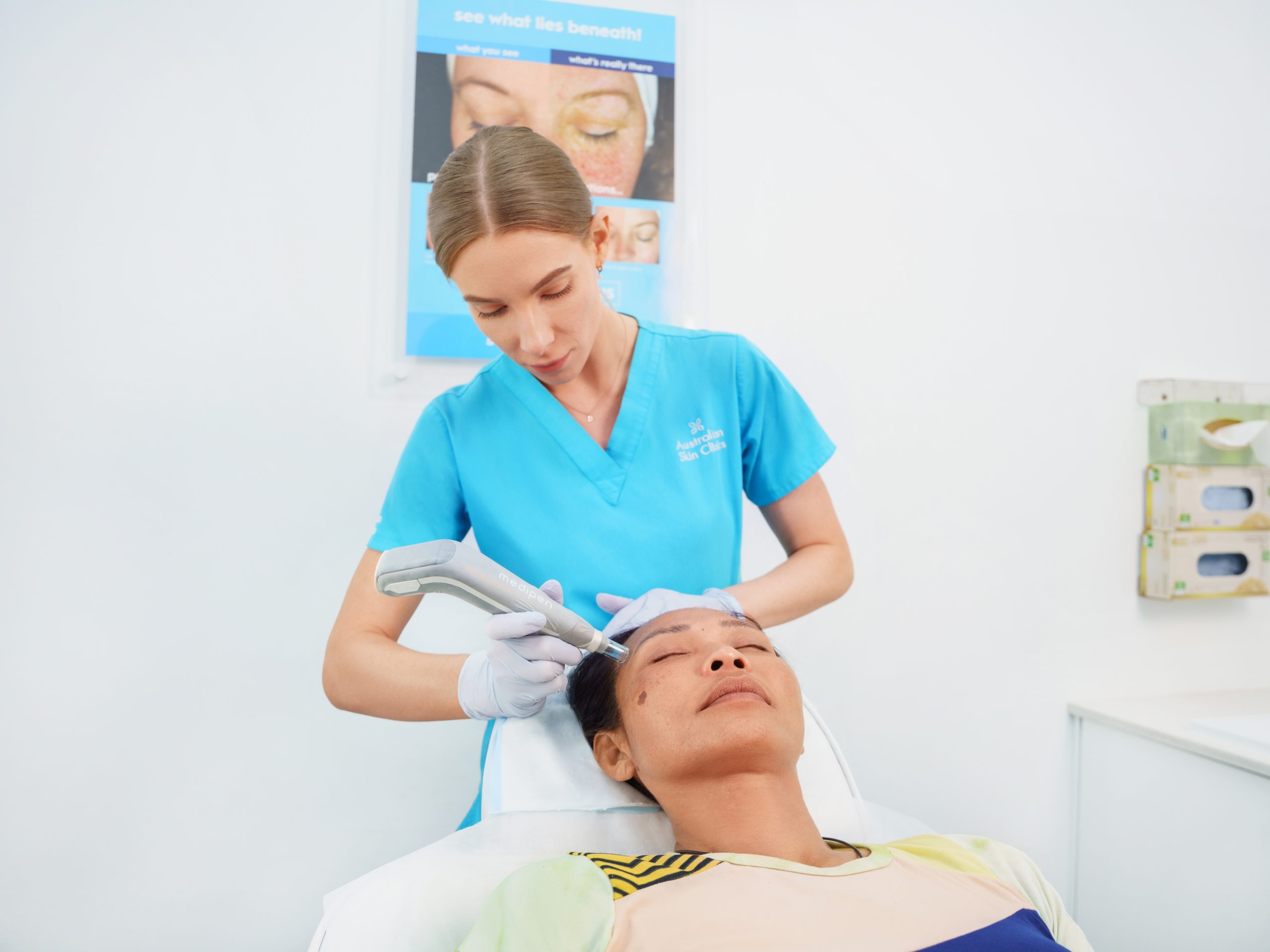There are three common mistakes that people make when dealing with cystic acne. The first is not seeking advice from a trained dermal technician. The second is squeezing, which will only spread the infection. And finally, incorrect product use (more on this later). Thankfully, you don’t have to take the journey to clear skin alone. Here, we explain more about cystic acne and how to treat it.
What is cystic acne and how does it differ from other forms of acne?
Cystic acne occurs when sebum becomes trapped in follicles beneath the skin and bacteria increases, subsequently becoming infected and leading to cystic acne. The pressure of this built-up sebum can cause cell walls to breakdown, leading to the infection spreading sideways underneath your skin. Cystic acne is different from other acne as it often triggered by hormonal changes such as puberty, however it can also be triggered by some hormonal treatments, your environment and much more.
How to treat cystic acne?
Just as with regular acne, it’s important to never try to squeeze the cyst as this will increase the likelihood of infection spreading through the deeper tissues. Cystic acne requires consultation with one of our trained dermal technicians, who may advise we work in conjunction with your doctor for antibiotic treatment (this can be in the form of oral and/or topical antibiotic application). If hormones are a contributing factor for females, the introduction of contraceptive pill can often stabilise or regulate hormone levels and further assist in the reduction of cystic acne.
How long does cystic acne take to clear up?
This will vary from person to person as there are a number of contributing factors and treatment options available. Symptoms can progressively be managed and effectively improved over a period of months or sometimes years.
What are some important preventative measures you can make?
It’s impossible to know if you are going to get cystic acne, but prevention can include regular advanced skin treatments aimed at reducing the size of the sebaceous glands, which will in turn reduce the production of sebum. Cystic acne yreatments can include microdermabrasion to open the pores and clear obstruction, LED Light Therapy to destroy the bacteria, medi-aesthetic peels to exfoliate the skin and Fractional RF treatments to reduce residual redness, slow oil production and treat remaining scarring.
What skincare products are recommended for cystic acne?
At Australian Skin Clinics we recommend a home-care regime using an active skin care range such as Balense. The use of ingredients such as BHA’s and retinol are common, however every client will need an individual assessment and consultation to ensure that they are using the correct products for their individual needs.
For more advice on advance skin treatments and active skin products for all of your skins and acne needs, visit your local Australian Skin Clinics for a complimentary skin assessment and consultation.










